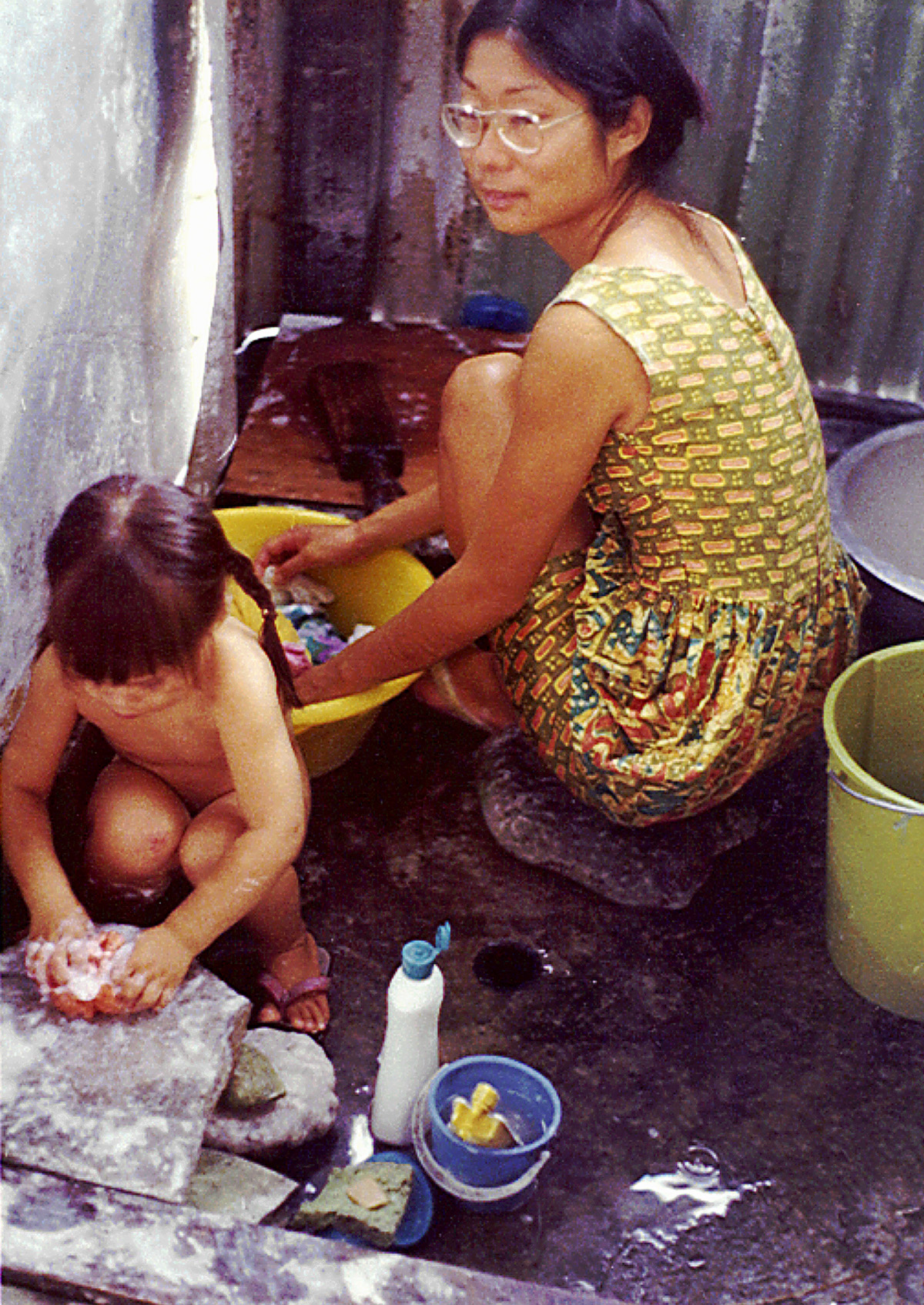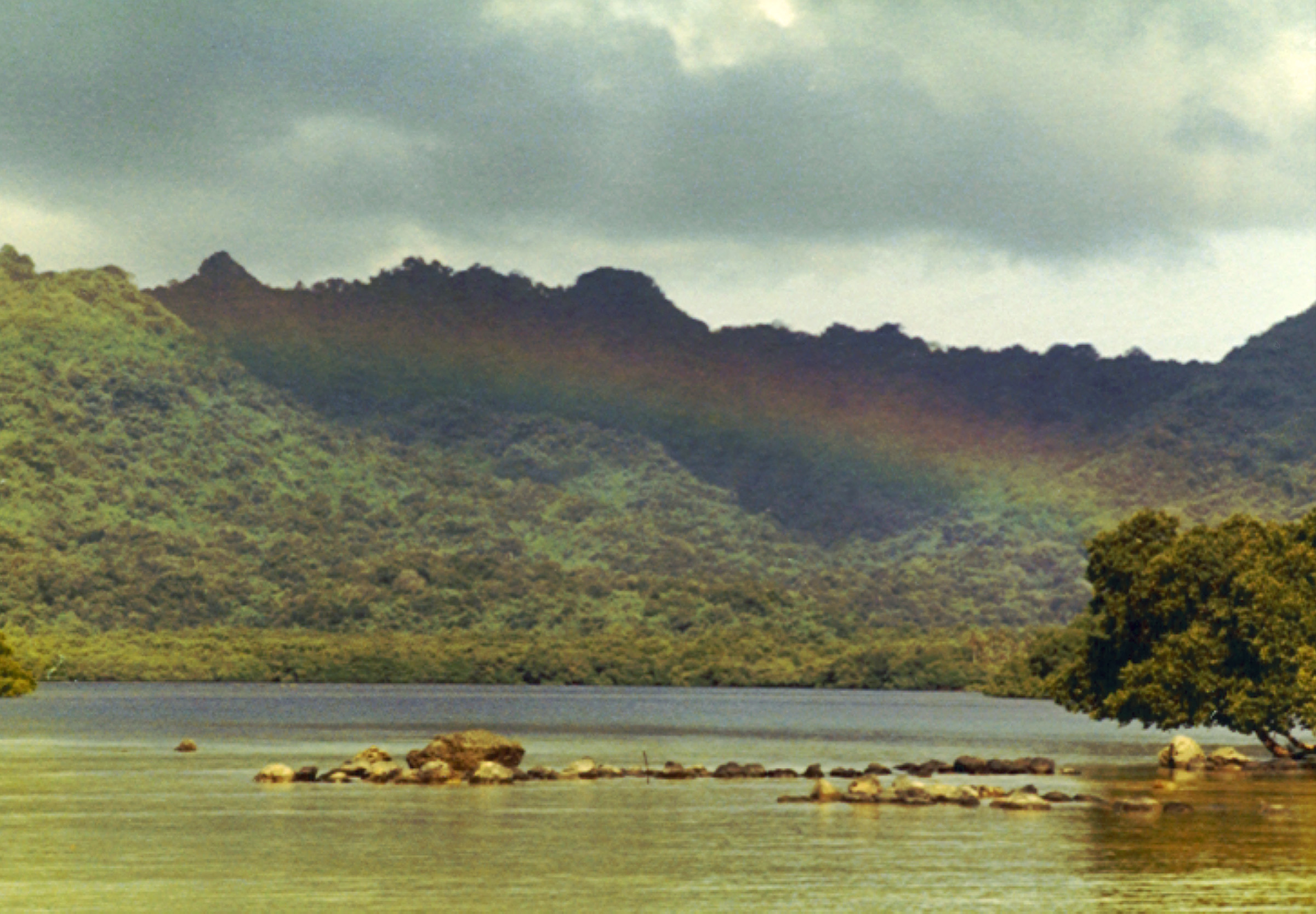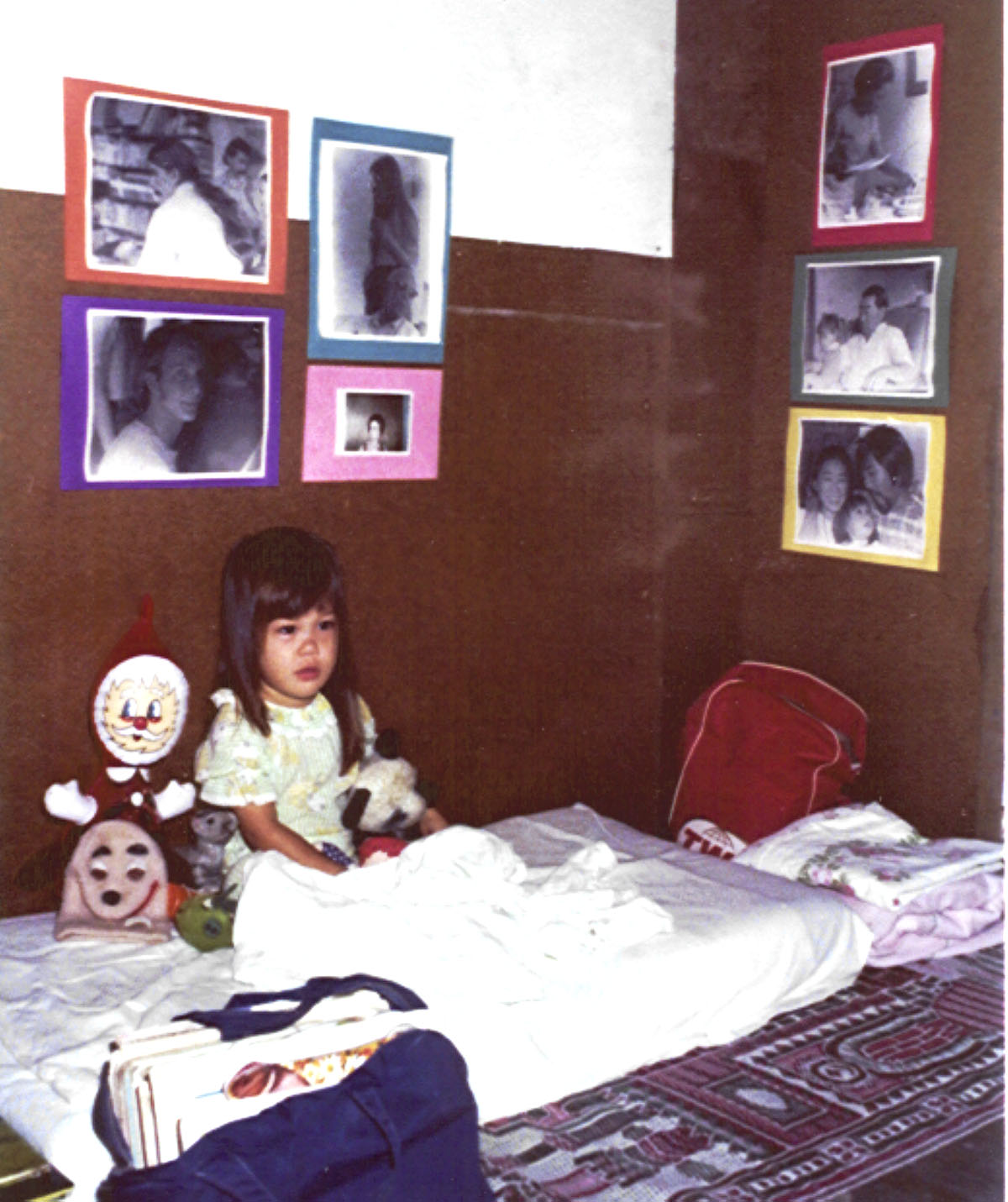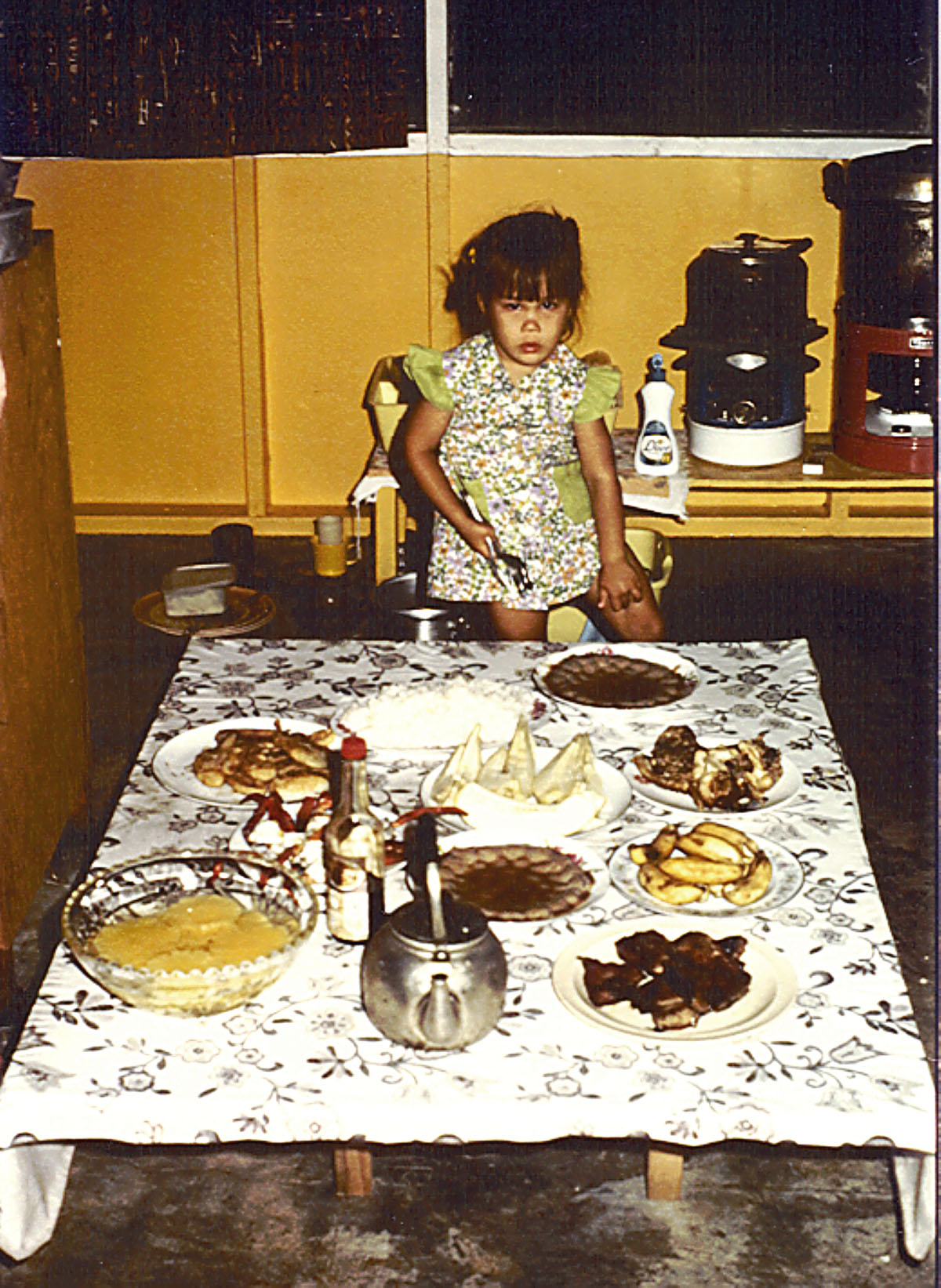LYNN'S ACCOUNT OF LIVING ON KOSRAE IN MICRONESIA, 1969-1975, p.6
Return to Kosrae
In the fall of 1971, Uncle Philip started graduate
school in the department of anthropology at Stanford. From 1971 to 1974, he did his coursework. Marisa was born in April 1972. By 1974, he was ready to do his
fieldwork. Aside from being smart, the
edge he had when applying to Stanford was that he was already in the field so
to speak. This turned out to be good
for two reasons: it, among other things, helped him get into Stanford on a full
fellowship, and it allowed him to start his real fieldwork almost
immediately. Most students spend the first
few months learning the language, but we had already gone through that courtesy
of the Peace Corps, not to mention that we had spent two years in the field
already. I can’t say that we spoke
Kosraean every day because we taught school in English all day, but of course
we were exposed to the language every day and spoke it passably well.
It did take us a few months to get settled in though. We spent much of the summer of 1974 on Pohnpei in Kolonia, at the house of the contract teacher who had taught with us on Kosrae and been our good friend during the Peace Corps years. As I recall, it was kind of a difficult time because he and his wife were in the process of splitting up that summer. I don’t know if our presence made things better or worse, but I remember spending a lot of time playing counselor/psychiatrist during those weeks. We were waiting for a ship to take us back to Kosrae. Looking back, it was not a bad way to transition.
Even after we got on the island, we were still in transition. We went back to the village (Tafunsak) where we had spent our Peace Corps years and to the house (of Papa Nena) where we had first stayed before we got our own house on the beach. This was a different experience for Marisa because now we were in all-Kosraean environment. She was able to speak very well at age two, but she became very silent during those first few weeks—as she heard her parents speak a foreign language and heard this foreign language all around her. As I recall, it was also a difficult time because we went without diapers—and yet her bathroom manners were not always perfect.
Things settled down when we got our own place. We moved to Utwe, which was one of the villages that had a single female Peace Corps volunteer when we there before. During this stay, there were no Peace Corps Volunteers in Utwe, which meant that we were the only resident Americans. We chose that village because it was more traditional, less Westernized, and more isolated than Tafunsak.

Marisa in the Doorway to our Utwe House
Again, we had our own house—although this time we rented a temporarily vacant house rather than having a house built. We now had three people and two generations in the same house—but it was still quite a luxury on Kosrae for only three people to have a house all to themselves. This house did have a cookhouse out in back, but we did not use it—except when we ran out of kerosene and had to cook over an open fire. Fortunately, this did not happen but once or twice—but when it did, I grew to appreciate the importance of gathering firewood to fuel the fire.

Marisa by the Cookhouse with Leaf to Fan the Fire
It also had an outhouse way out in back in the swamp—we had to traverse a little causeway to get out there. The Kosraeans preferred to do their business away from their houses. We added a waterseal toilet/ shower area in a little hut close to the house. This house had an advantage over our former Peace Corps house in that it had running water piped close to the house. We used the bathing hut to wash our clothes and take showers. I was going to do my own wash this time, but the constant exposure to water made my fingers rot under the nails so we hired a young woman to wash clothes and help take care of Marisa.

Washing Clothes in the Bath House
This house was different in other ways, too. For one, it was not a grass hut on the beach. But we were close to the water—the house faced the harbor, and there was only the main road between us and the water. Behind the cookhouse was the mangrove swamp. When the tide was really high waves would wash across the street and the front yard and the water from the swamp would rise to cover the back yard.
Of course we had mosquitoes and continued our habit of keeping mosquito coils lit through the night. On some nights we also had a kind of biting gnat that the Kosraeans called “won srisrik” or ‘tiny bird.’ They were much more annoying than mosquitoes, but fortunately were not as frequent.

Utwe Harbor Across the Road from our House
Although we were not part of a compound, there was a compound of houses next door to us, so we had close neighbors, unlike last time. This house was much more modern by Kosraean standards, with a slab floor, plywood walls, and a corrugated iron roof. And it had more rooms—three: our living area (one end of which was again the kitchen), Philip’s office, and our bedroom.

Philip Working in his Office
Marisa’s corner of the bedroom was surrounded by what we called the rogue’s gallery--pictures of all the grandparents and aunts and uncles so she would not forget their faces.


Marisa’s Corner Our Dinning Area with Local Food